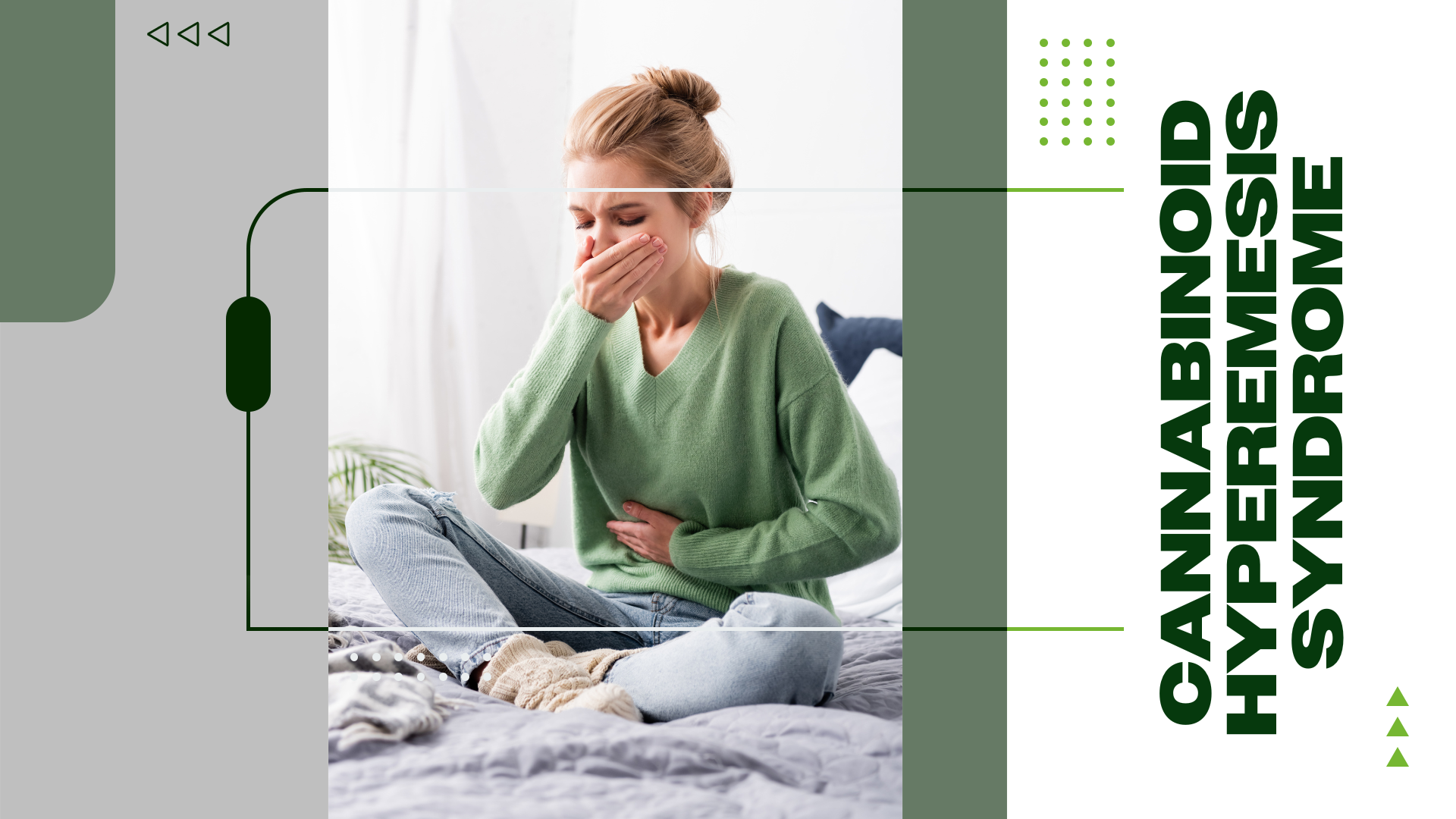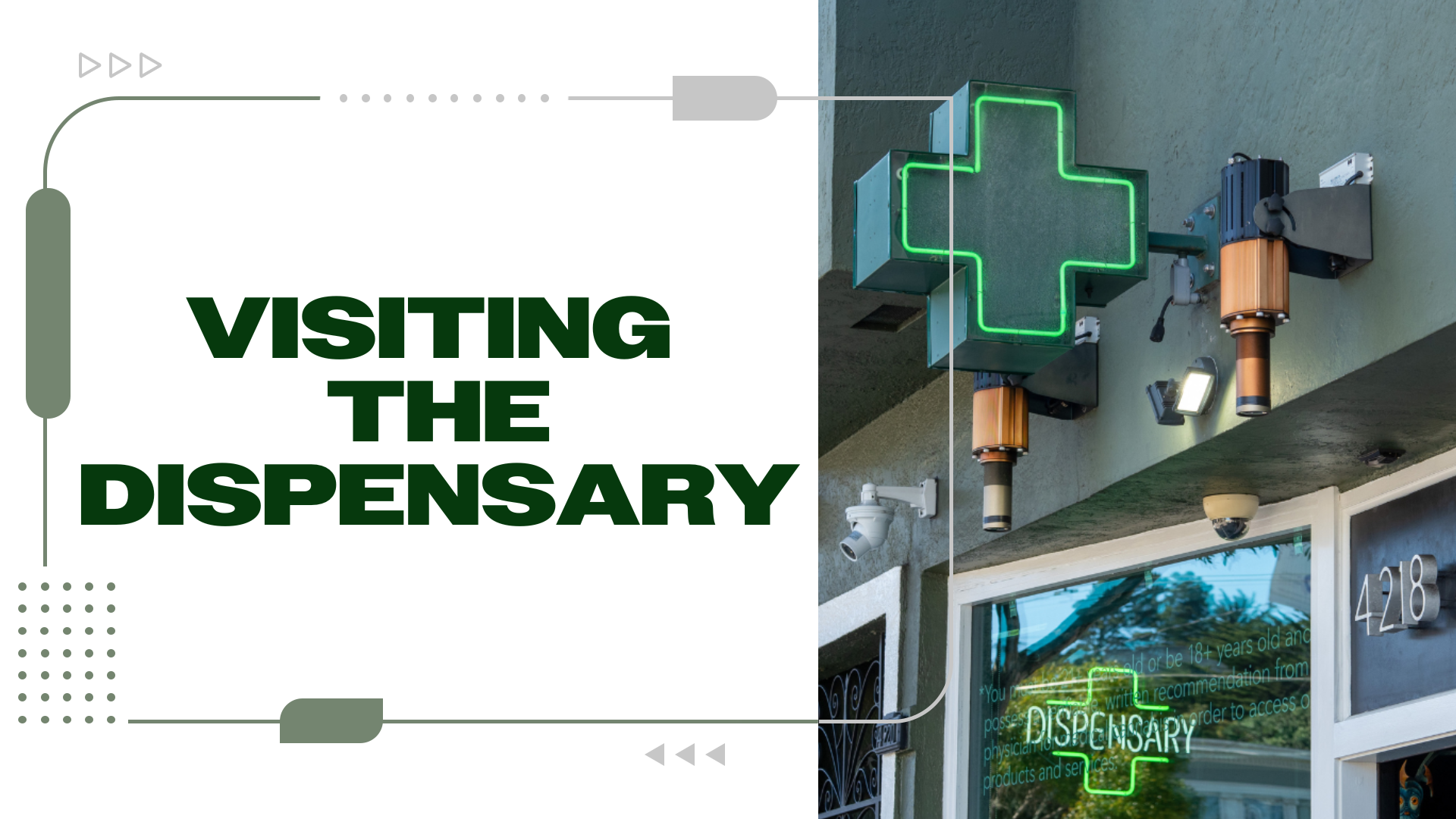Although cannabis is generally thought of as a healing miracle plant, for some unsuspecting consumers, there are potential downsides associated with overdoing it. One such downside is a rare but severe condition called cannabinoid hyperemesis syndrome (CHS).
Researchers estimate approximately 2.75 million Americans suffer from CHS. Understanding CHS is important for both doctors and consumers so they can recognize symptoms early and get proper treatment. While cannabis and CHS are non-fatal by themselves, the biggest immediate consequence of CHS is dehydration from repeat vomiting, which can result in serious repercussions if not timely addressed.
So what exactly is CHS, and which cannabis users are at risk? Let’s take a look at this misunderstood yet intriguing condition and see what you can do about it if you are one of the unlucky few afflicted by this syndrome.
What is Cannabinoid Hyperemesis Syndrome?
Cannabinoid hyperemesis syndrome, or CHS, is a condition seen in heavy-using or frequent cannabis users that leads to repeated cycles of severe nausea, vomiting, and dehydration. The syndrome was first documented in 2004 when doctors noticed these symptoms in patients who used cannabis heavily.
Although cannabis is often used to help with nausea, in the case of CHS, it has the opposite effect. A 2021 study suggests that while CHS is relatively rare, its occurrence is becoming more common as cannabis use increases globally. However, it’s estimated to affect only a small percentage of daily cannabis users, making it a fascinating subject for further research.
What are the Causes and Risk Factors for CHS?
The interaction of cannabinoids with the body’s innate endocannabinoid system (ECS) is at the heart of understanding what causes CHS. The ECS plays a key role in regulating various functions, including mood, appetite, and pain sensation.
While occasional cannabis use can influence these functions positively for some, for others, chronic use disrupts natural ECS balance. This disruption is thought to lead to CHS, though the exact mechanisms remain unclear.
As we know, cannabinoids can influence many neurologic and endocrine systems involved with nausea and vomiting. One thought is that over-activation of cannabinoid and histamine receptors in the gut and brain stem can have paradoxical effects at low vs. high doses. Whereas cannabinoids may relieve nausea at low doses, over-stimulation can cause nausea and vomiting.
Cannabinoids have biphasic effects, meaning that the effects can change depending on the dose. It’s possible that the reason hot showers relieve the vomiting is that the hot water draws away blood and cannabinoids from the gut. However, this is difficult to prove in real-time with patients, so we haven’t solved it yet.
Risk factors for developing CHS include long-term, frequent heavy use of cannabis, particularly high-potency products. “Frequent” risk may be defined as daily or even weekly use for over one year. Genetic factors might also play a role, as not all heavy users develop CHS, suggesting that some people may be more susceptible than others.
What Are The Stages And Symptoms Of CHS?
CHS presents in a distinctive pattern that can be broken down into three phases. They include:
The Prodromal Phase
During the prodromal phase, early morning nausea and abdominal discomfort begin and can last for months or even years. During this time, individuals might still maintain normal eating patterns.
The Hyperemetic Phase
This phase is marked by intense and persistent abdominal pain, vomiting, and a desire to take hot showers or baths, which uniquely tend to provide symptom relief. This is what’s called a “pathognomonic” sign, meaning it is a unique and distinguishing feature that basically seals the diagnosis.
The Recovery Phase
This end phase begins once cannabis use is stopped, with symptoms gradually subsiding over days to months.
Why You Should Get Your Medical Marijuana Card
Veriheal has satisfied millions of patients nationwide by giving them access to these benefits
- Larger purchase limits
- Peace of mind
- Enhanced legal protection
- Access to higher potency strains
- Save up to 25% on cannabis purchases
- Skip the line at the dispensary
Diagnosing CHS involves a careful examination in order to exclude other conditions with similar symptoms, including cyclic vomiting syndrome, gastrointestinal disorders, or food poisoning. A history of frequent cannabis use and taking hot showers for relief is a classic sign that makes diagnosis quicker and easier, so be sure to be open with your provider.
Thorough medical testing including blood work and sometimes imaging studies are required to exclude other causes of vomiting. Appropriate rehydration to manage blood volume and electrolyte disturbances from excessive vomiting is of primary importance.
CHS Treatment and Management
For those experiencing symptoms of CHS, anecdotal evidence suggests immediate relief often comes from hot showers or baths, which can temporarily alleviate symptoms for reasons not fully understood. Medical treatments may include intravenous fluids to combat dehydration from vomiting, anti-nausea medications, pain relievers, and, in some cases, benzodiazepines.
Nevertheless, the most effective long-term solution for those afflicted is to abstain from cannabis use. Abstinence leads to a gradual resolution of symptoms, marking the beginning of the recovery phase. The real challenge, however, lies in reducing cannabis consumption, especially for individuals who rely on it for medical reasons.
Education about the risks of chronic cannabis use and the potential for CHS is also crucial, as it empowers users to make informed decisions about their health.
The Broader Context
As access to cannabis grows, so does the potential for increased risks of CHS in the population. Despite its medicinal properties, the rising prevalence of CHS highlights the complexity of cannabis in relation to public health.
This shift highlights the need for more research to close the existing gaps in our scientific understanding of CHS and other cannabis use-related disorders like CUD. The dialogue surrounding cannabis use is evolving, requiring a balancing act that weighs its potential benefits against the risks of overuse.
Key Takeaways
The key to managing and preventing CHS is awareness of its symptoms. In addition, moderation is key. The condition reveals the complex nature of cannabis, which, despite its medicinal benefits for many, carries risks that require careful consideration and further study for others.
As cannabis becomes more integrated into legal and social frameworks, the need for in-depth research and education on its effects, including CHS, becomes increasingly important. With legalization spreading, there’s hope that more studies will shed light on the complexities and underlying predisposition risks associated with CHS will be explored.
Sound mental health is essential for keeping a healthy balance with cannabis use. If cannabis use becomes problematic for you or a loved one, and causes social or health problems like these, then reaching out to a compassionate, knowledgeable mental health professional can make a huge difference.
Frequently Asked Questions?
How long does it take to recover from cannabinoid hyperemesis syndrome?
Cannabinoids accumulate in the body’s fat cells. Therefore, the longer someone has used marijuana and the more fat cells they have, the longer it takes for these compounds to be eliminated. It can take up to six months without marijuana use for individuals to feel better.
What are the first signs of cannabinoid hyperemesis syndrome?
The first signs of cannabinoid hyperemesis syndrome are early morning nausea and abdominal discomfort.
How serious is CHS?
CHS can be extremely severe. If left untreated, the condition can cause serious health complications including dehydration from severe, prolonged vomiting.
Note: The content on this page is for informational purposes only and is not intended to be professional medical advice. Do not attempt to self-diagnose or prescribe treatment based on the information provided. Always consult a physician before making any decision on the treatment of a medical condition.
Author, Share & Comments
















